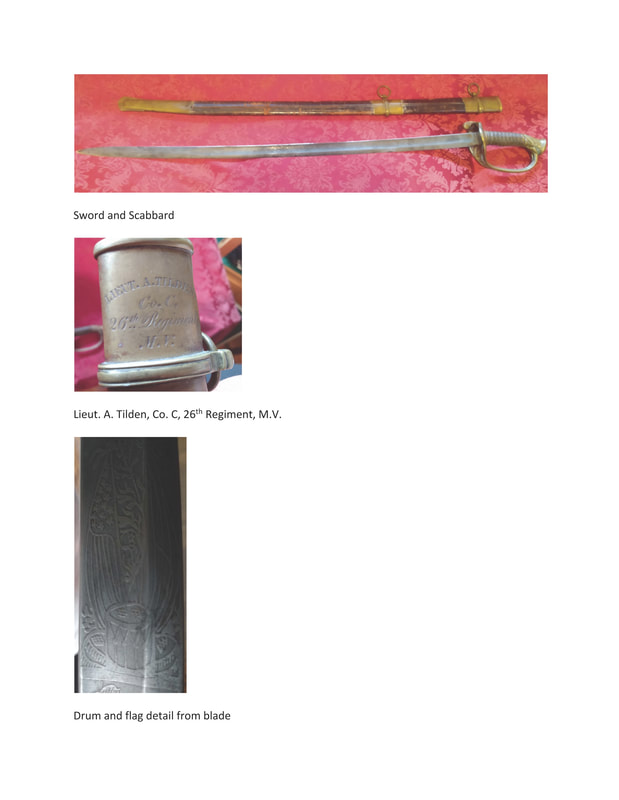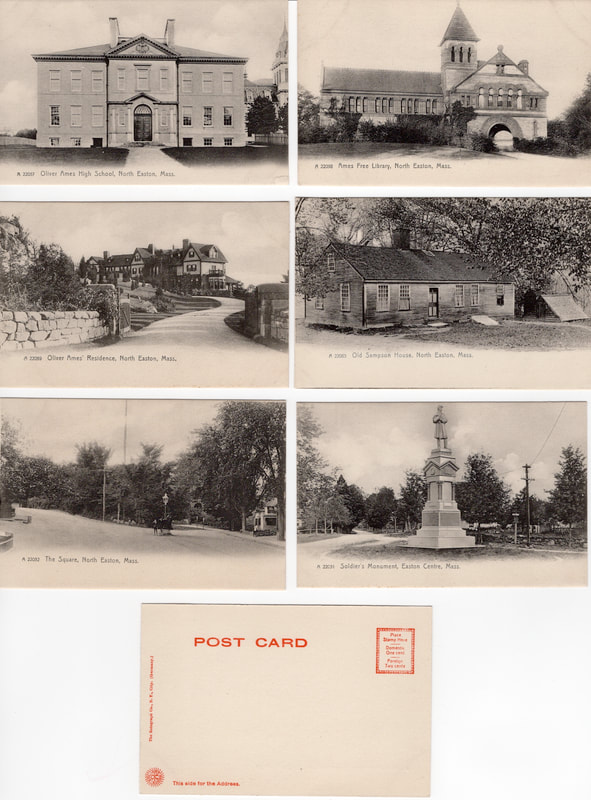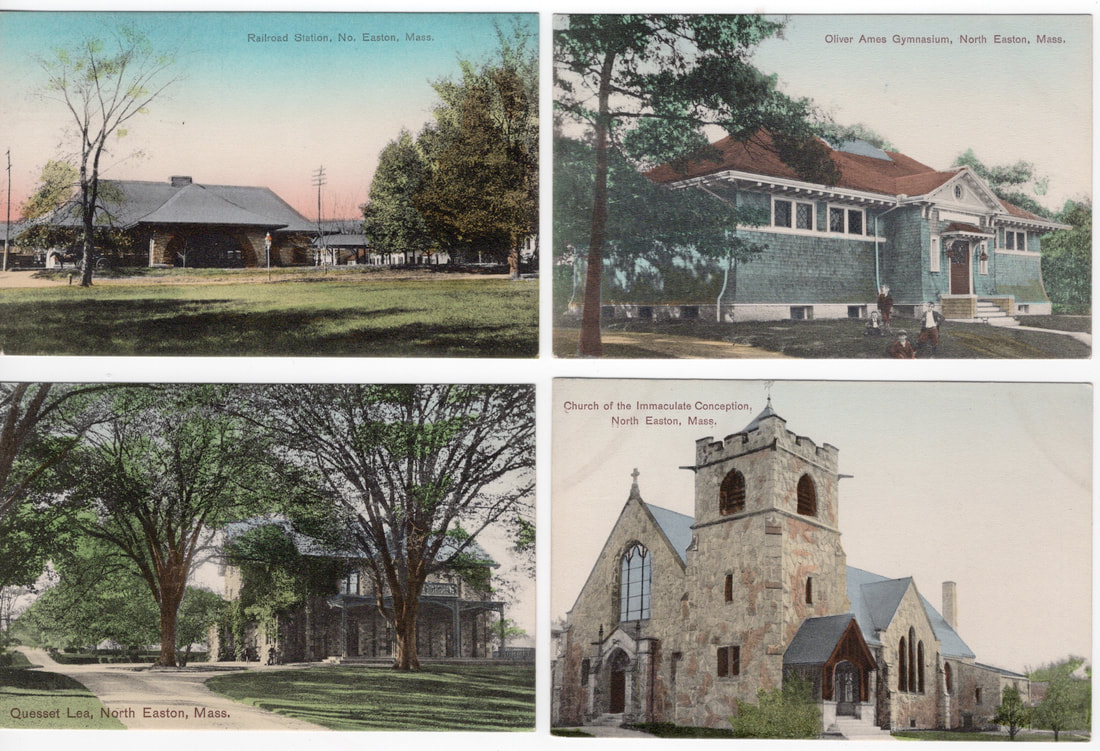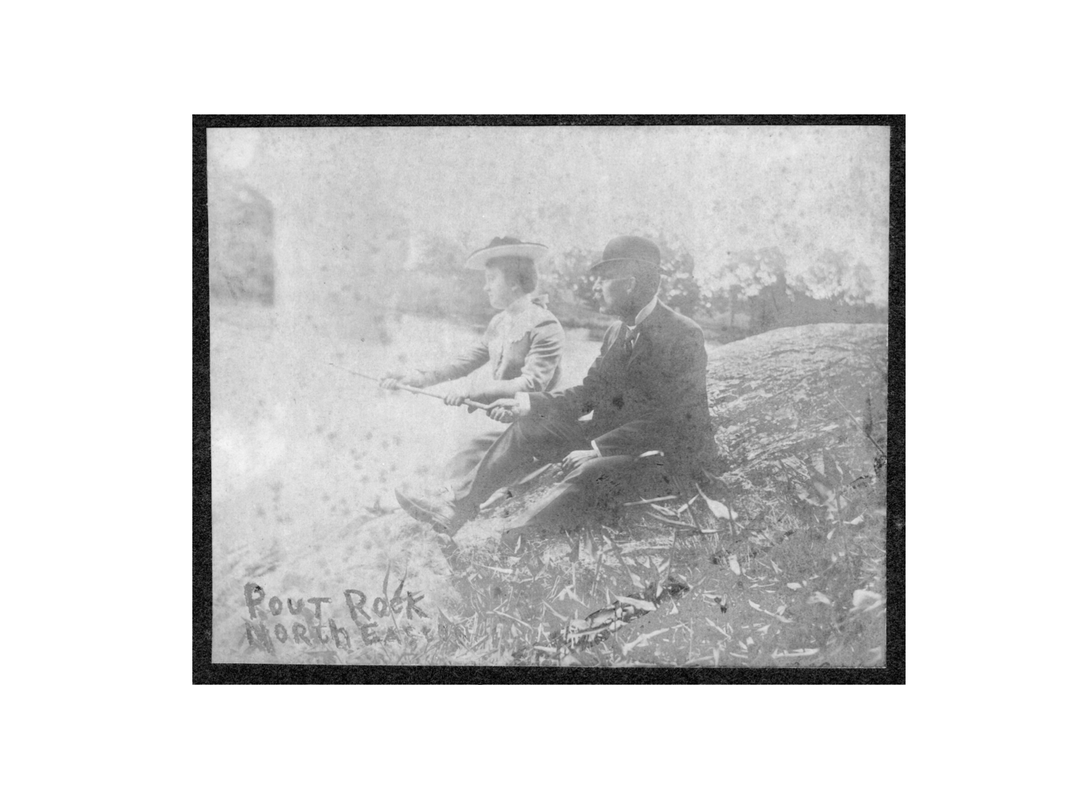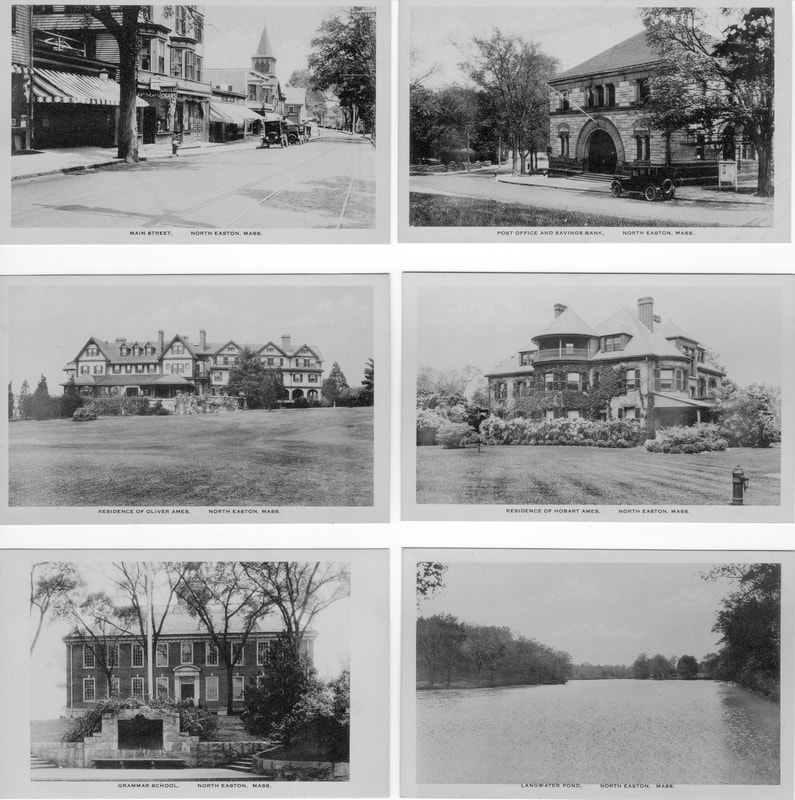|
Hello all! Some much needed rain arrived last night, and an unseasonable cold and dampness continues to dominate Memorial Day weekend. The back of my truck looks like a swimming pool with all the rain that has fallen!
As we look forward to celebrating Memorial Day with nearly all of the Covid restrictions lifted, and we gather for those cookouts and gatherings we have been missing, let’s pause to remember our fallen veteran’s and family members who are missing from our families this year. Memorial Day, which began in the years following the Civil War as a day of remembrance for those who died in the Civil War, took on more prominence as towns began to erect monuments and have parades of former Civil War soldiers and sailors in the decades following the war. That tradition now honors all of those who went off to serve our country and did not return. While we celebrate with festivities, let’s pause also to remember those who gave their all, and take a moment to thank those who served and are still with us. One of the more poignant items in our collection is a sword that once belonged to Lieutenant Albert Tilden of North Easton. Lt. Tilden, a member of the Easton militia company, enlisted as a corporal on April 22, 1861, in Company B, 4th Regiment, Massachusetts Volunteers (M.V.). He was discharged, and re-enlisted on September 25th with Company C, 26th Regiment, M.V. as a 2nd Lieutenant. He was promoted to 1st Lieutenant on July 22, 1862. The 26th Regiment saw service in the Shenandoah Campaign and fought at the battles at Winchester and Cedar Creek. It was at the battle of Cedar Creek, Virginia that he was wounded on October 19, 1864. Shot through the lungs, Tilden lay on the battlefield until fighting ceased. He had been nearly stripped of everything. Tilden was taken to a field hospital, but died two days later, October 21st. His body was sent home, and he was buried in Stoughton, Massachusetts alongside his brother George Tilden, who was killed at Port Hudson, Louisiana, July 30, 1863. Somehow, his sword survived, and remained with his family in Easton. The sword itself was made by the Roby Company of Chelmsford, Massachusetts. The blade is decorated with the Union Shield, drums and flags, vines, an eagle, and other symbols. The hilt is engraved with his name and regiment. Did Tilden carry this during the war? Is it a ceremonial sword made to commemorate his promotion to 1st Lieutenant? Perhaps one of our Civil War experts can shed some light on this. At one time the sword was owned by the family of Dr. Frank Tilden, who had a caretaker in his old age. The caretaker's son, Tommy Hegg, was given the sword as a child following the passing of Dr. Tilden, and later made sure it was returned to Easton. We are honored to have this remembrance of one of our Civil War soldiers in our possession. Thanks to Arielle Nathanson who took the attached photos. With sincere thanks to all of our veterans, and with a deep gratitude for those who gave all, Frank
0 Comments
Greetings my fellow history lovers! The cloudy skies this morning will give way to some very warm temperatures, as the Easton area is expected to get close to 90 degrees this weekend. Summer is drawing near!
On Thursday the Museum welcomed Arielle Nathanson as a summer intern. Arielle is working towards her Masters of Information at Rutgers University (expected in 2022). An aspiring archivist, she has a love of history, explores many of the local roads, landmarks, and cemeteries, and her dream is to work at the Smithsonian. Her internship at our Museum will provide her with the necessary hours to meet course requirements, as well as give her hands-on experience working with collections in a small museum. She will focus on digitizing papers including a collection of letters sent to William Chaffin in the early 1900’s. Chaffin, who wrote the History of Easton, Mass. in 1886, wanted to publish a genealogical history of Easton. He sent letters out to various families for information on ancestry, but the letters have never been published. With this project, we hope to expand our catalog of genealogical materials and have them available for researchers through our website. Please feel free to stop by the Museum and welcome Arielle! As we take one last look at the outstanding collection of postcards from the A. Frank Pratt collection, Arielle chose six cards to feature today. These cards are probably from the first series of postcards that featured Easton places. They are undivided back postcards, meaning they were produced prior to 1907. The images were printed in Germany using the rotograph process (a process using bromide to reproduce photographs on special paper; other companies printed by the gravure process which used copper etched plates to print) perfected by the Rotograph Company, N.Y., N.Y. These six cards are chosen from a broader selection of places around town, chosen by the publisher many years ago to represent the best of Easton. Were we to do this today, what might you choose to include? First up is the original 1895 Oliver Ames High School, not yet ten years old when the photo was taken. Looking at the front facade from Lincoln Street, a well-established lawn frames a gravel walkway to the front entrance of the school. The lack of any mature landscaping indicates that this photo may have been taken as early as 1900! Just to the right is the former 1869 Easton High School building. It once stood on the same spot at the 1895 school, and had to be moved to make room for the new schoolhouse. The old schoolhouse was used as a grammar school until being torn down around 1930, when an addition was made to the 1895 high school to provide classrooms and a gymnasium. Following that card is another great Easton landmark, the Oliver Ames Free Library on Main Street. Probably around 20 years old at this time, the site features mature landscaping and the beginnings of vines that would cover more of the exterior as the years went by. The crisp image, which can easily be blown up, retains remarkable clarity of the carvings and ornamentation on the building. A fine library is something to be proud of, and certainly deserves to be featured on an early postcard. The neighboring Oakes Ames Memorial Hall would also be prominently featured, given the monumental status of these Ames connected and Richardson designed buildings. Next, we look at two very different residences, both however well-known landmarks. The stately home of Oliver Ames, known today as “Sheep Pasture” is one of several Ames mansions featured on the early postcards. This particular home would become one of the more photographed homes in Easton, and has been featured on a number of old postcards over the years. Easily seen from Main Street, and featuring landscaping by Frederick Law Olmsted, the park-like setting of this 1893 home made for a very nice view for one to share with a pen pal. The old Sampson House, also on Main Street and across from the Ames Free Library, may not live up to the same status as the Ames homes, but it is one of the oldest homes in North Easton (and Easton in general) dating to about 1750 or so. The house may have been built by John Randall, a direct descendent of one of our first settlers Robert Randall, as early as 1730! This simple antique cape already 150 years old when the card was printed, has remained a true landmark over the years, and is a nice example of the homes the earliest settlers would have found quite comfortable. Note the large center chimney and 12 over 12 pane windows, a good indication of the homes age. A small window in the roof was probably added to provide some ventilation as there were small bedrooms on a very low ceilinged second floor. The next two cards feature familiar landscapes which were also important gathering places. A look at “The Square, North Easton,” takes us to the intersection of Main, Center, and Lincoln Streets. The Rockery is hiding in the center, completely covered by trees and other plantings. Only the stones on the street level and the flagpole in the center of the image give it away. Just in front of that are a group of boys, hanging out where the watering trough was located. It might look very out of pace in the middle of the intersection, but it harkens back to the time when watering places for horses and oxen was a much needed and welcomed site. You can see the old street lights that helped to illuminate Main Street for many years. The Sundell home, and just behind it the new bank and post-office building, can be seen at the extreme right. Our last image is the Civil War Soldier’s Monument located at the intersection of Center Street with Depot Street. Once known as Monument Square, this area also was the location of the Easton Town Hall, the Easton Centre School, two churches, and the almshouse. It was also a short distance from the Easton Centre railroad station. When the Soldier’s Monument was dedicated in 1882, the Town began celebrating Veteran’s Day and Memorial Day at this location. And finally, I have included a look at the reverse of the postcard. The back was only to be used for the name and address of the recipient, and no other writing was allowed. That meant that many of these cards had messages written across the front of the card wherever there might be space to get a few words in, making these pristine, unused postcards even more special. Stay well, and until next week, Frank Happy Saturday from beautiful Easton! The bright sun is glistening over the surface of Shovel Shop Pond this morning, it’s perfectly still mirror-like waters broken only by the ripples of a fish eating bugs that make the mistake of landing on the water’s surface.
This week I am taking a second look at some of the postcards from A. Frank Pratt, whom I wrote about two weeks ago. The four cards featured today are full color prints that date to the 1910's. To make these postcards, a photographer would take the photo of the desired building or landscape. Since these photos were taken with black and white film, the photographer would make notes about what colors to use for color printing, and send those notes along with the image to a printer for proofing. Black and white film was favored by photographers (think Ansel Adams) because the fine grain size of the film captured every detail in the subject matter, and allowed for excellent printing and enlargements without losing sharpness or other quality problems. If you look at the early color postcards, many of them were printed in Germany, which had perfected the color printing process. Since one could not be in Germany easily to see what the finished product was like, the notes provided by the photographers were vitally important to producing the correct image. I chose these cards today for two reasons: the subjects are familiar and interesting, and the colors have stayed vibrant after more than one hundred years. All four cards were published by O’Connor’s News Store and printed in Germany. The photographer and/or artist is unknown to us. First up is a postcard of our Museum, the former Old Colony Railroad Station. The photo was taken from across the street near the shore of Shovel Shop Pond. An old streetlight and several telegraph poles are seen in the photo, as well as a horse drawn wagon hiding behind the tree on the left. Just to the right of center is the magnificent sycamore tree that now is an Easton landmark. In this photo it is about one hundred years or so younger! I believe it is one of the original plantings on the site, which was landscaped by Frederick Law Olmsted. Note the colorful hues in the sky, undoubtedly asked for by the photographer to make the photo more colorful, and more interesting. Another Easton landmark is featured in the Oliver Ames Gymnasium card. Located on Barrows Street, and today housing the Recreation Department and the Council on Aging, the building served as the original gymnasium for the 1895 Oliver Ames High School. Built with funding from Anna C. Ames, the widow of former Governor Oliver Ames, the building also provided rooms for music instruction in the early days of the Anna C. Ames Band. The green paint is faithfully shown here, as well as four neighborhood boys who probably frequented the building. Next up is “Queset Lea” as it was sometimes called, which stands behind the Ames Free Library. At the time of this photo, it was the home of Broadway producer Winthrop Ames. The photo shows the original landscaping. The drive, which now ends at a walled garden adjacent to the house, once continued to the stables at the rear of the property, and the home of Hobart Ames, which stood to the northwest of this house. It is a rare photo of an early Ames mansion (built for Oakes Angier Ames in 1854) featuring the original approach and plantings. Last, we come to one of the newer buildings at the time, the Immaculate Conception Church on Main Street. Completed in 1904, the stone structure was probably about ten years old in this photo. Excellent detail is present in the photo including the intricate woodwork around the entryways. I must draw your attention to the roof colors in these postcards. The church has had a red roof as far back as I can remember, but this card has the church with a blue roof. Here we see the photographer perhaps taking some “artistic liberty” with his creation. In other postcards of Easton buildings, the roofs and other details in a photo are sometimes given a different color, for no other reason that the artist thinks one color was a better look than another. It is also possible that if no color for the roof was noted, the printer may have assumed slate was used as a roofing material, thereby causing blue to be used in the printing. I do not know if the printer from Germany would have sent a proof back to the publisher; I tend to think not, so there might not have been any corrections made unless the cards were re-ordered for additional printings. Until next week, stay well, Frank Hello, and a very happy (early) Mother's Day! Let's take time this weekend to honor our moms and honor the memories of those moms we miss.
This morning, as I look out the window of the Museum towards the Governor Ames Estate, I can see a sure sign of pandemic recovery - the Easton Lions Club Fishing Derby is taking place! Excited children, all well-spaced out, are trying their best to get hold of a prize-winning catch along the shores of Shovel Shop Pond. After a long year that saw so many events cancelled, it is a wonderful sight to see things slowly coming back to normal. Today's photo was included in our recent newsletter, but in honor of the anglers across the street this morning, I thought it might be nice to send it out in my update. Wearing their “Sunday best” clothes, a well-dressed couple fishes at “Pout Rock, North Easton.” A handwritten caption on the back of this photo says “Oct. 5, 1902” and “Book Keeper, O. A. Ames Office.” While the names of the couple are not recorded, the name of the location is written on the front. There are two “Pout Rock” locations in North Easton: at the site of the former Flyaway Pond on Lincoln Street, and a second location on a high ledge off Pond Street that overlooks Langwater Pond. This photo was taken at the Flyaway Pond location, which is much closer to the water. Our well-dressed couple share what appears to be a bamboo fishing rod. Bamboo is a strong and resilient wood, and it was a popular choice for sporting equipment (does anyone remember the old bamboo shaft golf clubs that were once so popular? I had a few as a child, given to me by a neighbor who wanted me to learn golf.) Flyaway Pond's “Pout Rock” was also a popular spot for another activity, swimming, and on any hot summer day many years ago local boys would indulge in the coolness of the water, with or without swimsuits! Stay well, and until next week, Frank Happy May Day! May 1st dates to early Celtic tradition as one of the four days that falls midway, more or less, between the Solstice days. At one time May Day was a day to celebrate workers and a push for an 8-hour workday, but that holiday was replaced by Labor Day. Today we think of May Day as a day to dance around Maypoles and give May Baskets of fresh flowers and perhaps a home-baked sweet treat to someone special. I wonder if anyone still does those things?
Have you ever purchased something at a store with the intention of putting that thing away, keeping it in true “new” condition for later generations? What if you did that for a collection of items? A few months back I received a call at the Museum from Carol Odell. She had a collection of Easton postcards once owned by her ancestor A. Frank Pratt. The postcards were Easton places, so of course, I was very pleased to accept them for our collection. People collect postcards for either the subject matter featured, or a sentimental note on the back, or even for specific postmarks such as an RPO (rail post office, mailed via a railroad post office) or a hard-to-find postmark such as Eastondale. I have been collecting postcards of Easton since I was about 18 years old. As you might guess, many of these cards have been mailed, read and re-read, and show a lot of wear and tear. Even their age (most of them date to between 1900 and 1930) cause them to deteriorate. A. Frank Pratt (1847-1931) married Hypathia (1848-1927), the daughter of widowed Mary Franklin, and the couple lived in one half of a duplex at 9 Oakland Avenue from the 1880’s until his death. Mrs. Franklin owned one half of the duplex, and the Pratt’s owned the other half. A. Frank was a grocery clerk in Easton although it is not known which grocery he may have worked at. Some of his family worked at the Ames Shovel Company, so it is possible he may have worked at the Ames Company Store. There were several other stores on Main Street as well that may have provided employment. One of them was O’Connor’s News Store. From the beginning of the 20th Century, O’Connor’s published several series of Easton postcards, which during those years, was quite the fad for those who had pen pals. Demand for images to send of your hometown drove the postcard market. A. Frank began purchasing postcards as they came out (the earliest in the collection date to before 1907) until he died, and set these cards in a very safe place. Thanks to the care provided by him, and subsequent generations, the 59 cards he purchased came to us in pristine condition! They look just as nice as the day they were purchased, crisp images, no bent corners, creases, or smudges. These are the best preserved postcards I have seen. I chose six of those postcards for you to view today. They are all from the same series, probably done in the late 1920’s, and feature real photos of Easton on each card. Real photo postcards are exactly that – faithful prints from the original photographs, not touched up or altered. They were printed in Taunton by the H. A. Dickerman & Son Company. All of them are titled on the front so you can easily see what is being featured. Enjoy these wonderful images, the nice May weather, and of course, Happy May Day! Stay well, Frank |
Author
Anne Wooster Drury Archives
June 2024
Categories |
Easton Historical Society and Museum
PO Box 3
80 Mechanic Street
North Easton, MA 02356
Tel: 508-238-7774
[email protected]

